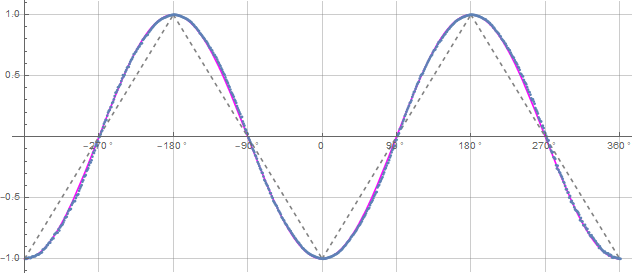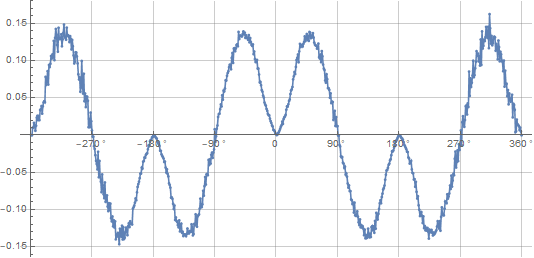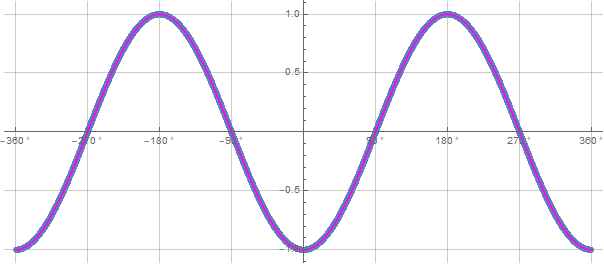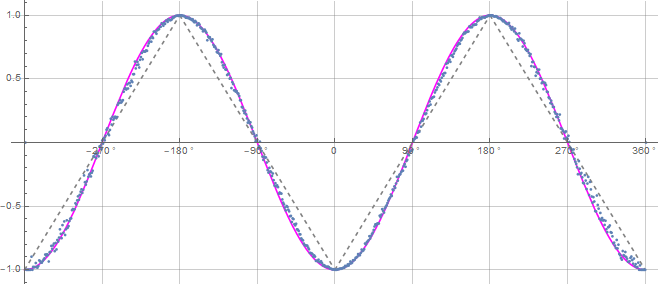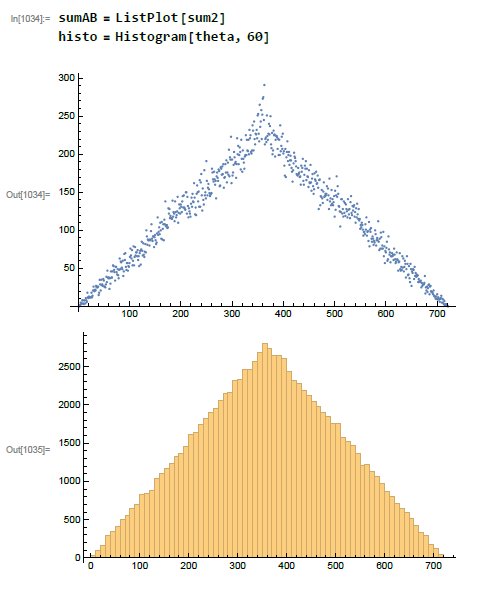gill1109 wrote:FrediFizzx wrote:gill1109 wrote: .. Yes, you get near the original number of valid events. You first of all double the original number with two detectors each getting -1, nothing, or +1, but you have arranged that half are invalid. Very cunning. (nonsense deleted)
How did I arrange that half are invalid? I did no such thing. You just need to admit you are toast. Burnt toast!


You wrote your code. Are you telling me you have no idea what it does?
"I did no such thing". Apparently you are still having reading comprehension problems. I know exactly what the code does. The only thing I arranged was for it to produce the -cosine curve or extremely close to it.
.

